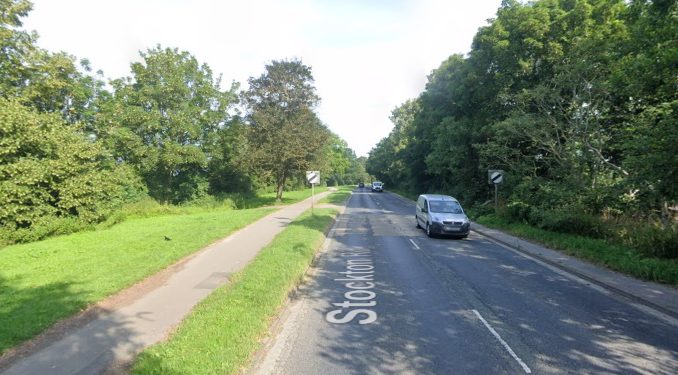
A plan to build a housing estate on a derelict farm featuring creatures such as herons, kingfishers, otters and owls will rob Thirsk of its rural identity, while proposed measures to offset ecological damage are “laughable”, it has been claimed.
Residents believe the proposal for 43 homes on Rybeck Farm, a farmstead and buildings between Stockton Road, Thirsk, and the A19 would serve as a “gateway development” to build across a much wider greenfield site.
Documents lodged with Hambleton District Council state due to the cost of building an access road to the proposed site the scheme would need to include numerous large four-bedroom properties, while allowing for 13 affordable homes and more than an acre of open space, including a children’s play area.
Agents for the developers state it would be necessary to remove protected trees to establish a road access to the estate, but as ash die-back disease had been found on the site, experts had advised they were all removed and replaced.
An ecological study submitted with the proposal states: “Evidence of otter was identified along the section of Whitelass Beck which borders the site, also a kingfisher was observed commuting along the beck. It is also likely that the beck and its associated vegetation provides an important commuting and foraging pathway for bats.”
The study concludes without mitigation there may be a negative impact on, habitats, otters, breeding birds, amphibians, hedgehogs and roosting bats.
It recommends mitigation measures such as installing bat boxes be into the new-build properties, enhance Whitelass Beck for otters wiith the creation of an artificial holt, building ponds for breeding amphibians, planting hedges and installing “professional quality hedgehog houses”.
It states: “The enhancement measures outlined… will secure positive gains to local biodiversity when compared to baseline conditions.”
However, objectors to the scheme have claimed it is clear consideration for the integrity of the Whitelass Beck has been secondary to maximising the number of homes on the site.
One objector, Sarah Green, whose family lives on a neighbouring farm, said the land should be “preserved for future people not more tarmac and houses”, adding “we think more of the wildlife and animals than houses”.
Another objector, Wendy Gibson Brown, wrote: “I would be very much against this large development on a site which does have a significant amount of wildlife dependent upon it.
“The loss of such an area would also be robbing Thirsk of its rural identity.
“The reports submitted by the applicant may indicate ‘minimal’ or ‘insignificant’ loss of wildlife habitat, but for areas bordering town centres this is a far more serious loss.
“Their suggested proposals to minimise the impact, such as providing three hedgehog houses, are frankly laughable.”


Be the first to comment